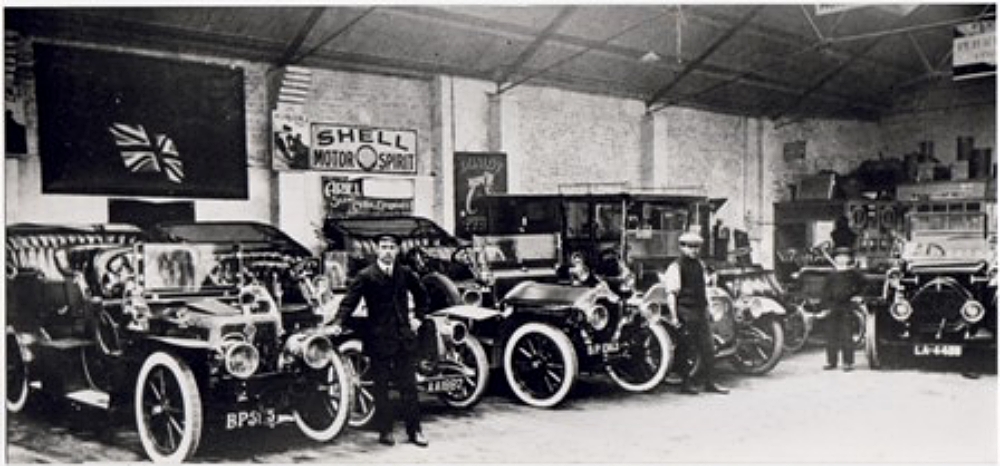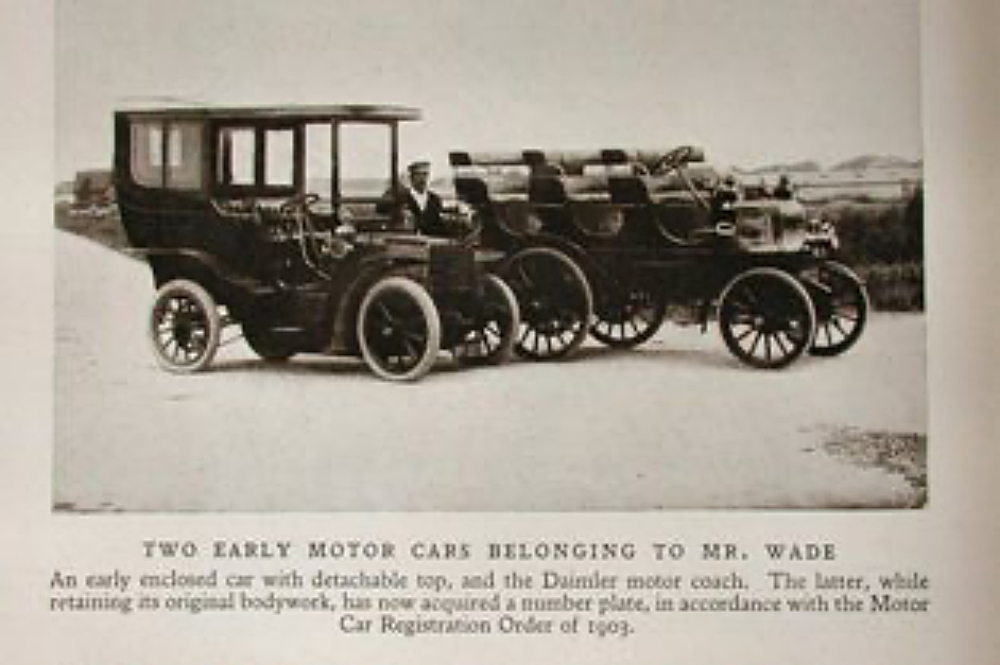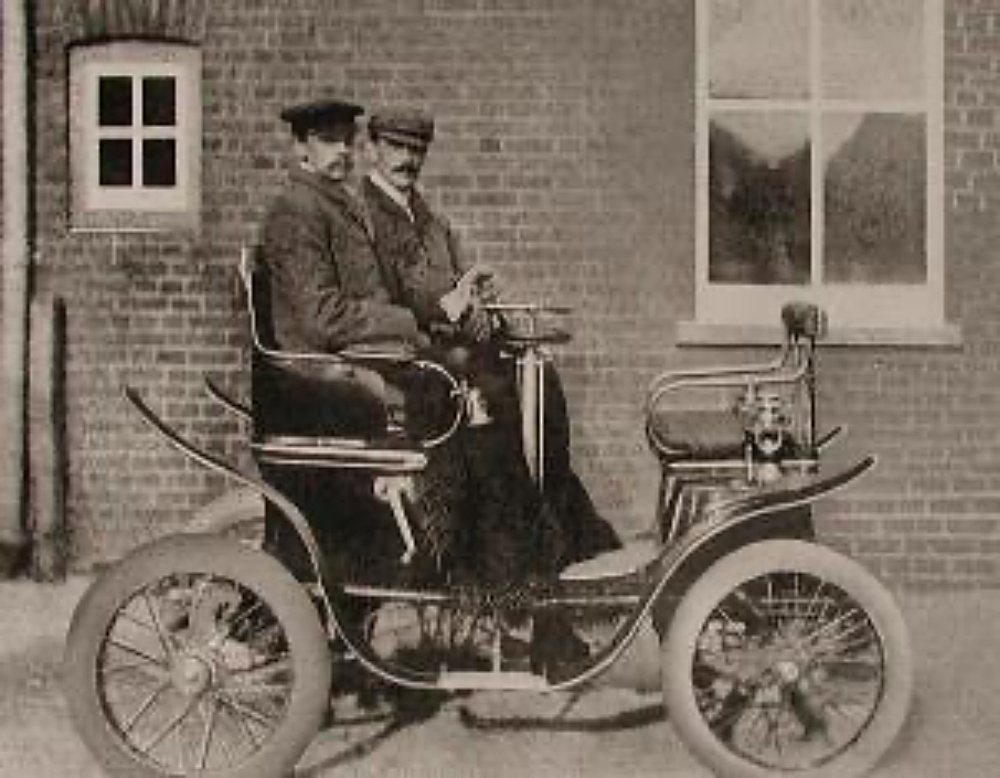Let’s get this show on the road
ON the first day of September, 1896, the quiet, leisurely life of Worthing’s genteel Victorian residents changed forever. That was the day the first motor car came to town. At that moment, recalls Freddie Feest, nobody could have imagined how rapidly the automobile would become as familiar a part of the local scene as pebbles on the beach.

THAT the first car in Worthing should cause so much excitement was hardly surprising as there were still so few cars in England at the time.
Yet only a year later, more than 50 entries took part in the first London to Brighton Run.
Worthing’s first motor agent was Wills’ cycle shop at 9a Chapel Road. Later known as the Southern Counties Motor and Cycle Depot, it possessed two cars for hire and demonstration purposes – and also had the sole agency in Worthing for the sale of petrol.

But it was William Wade who became the leading pioneer of motoring in Worthing. He came to town in 1899 and opened a cycle business at No 1 Thorn Road, but he sensed the fast-growing enthusiasm for motoring and soon moved to 30 Chapel Road.
There, he established a garage and car showroom that was to continue as a family firm for nearly three-quarters of a century.
His bicycles sold well enough, but, already, the new-fangled motor car was firing the public’s imagination.
Wade’s first motor was a slightly used 1895 Cannstatt Daimler and, the following year, he became one of Britain’s first two-car motorists by adding a three-wheeled Leon Bolee.
By 1900, Willy Wade was running the first motor coach in Worthing, a nine-seater Daimler with solid tyres, tube ignition, open-sided seats and no number plate.
Eight years later, he was also running the town’s first motor ambulance and its first taxi, a Napier.
One of his closest rivals in those early days was William Flaxman French, who ran the Railway Hotel Garage just a few yards south of Broadwater Bridge.
French’s firm began as the Sussex Motor Road Company Ltd, but, in 1906, the car trade had not long escaped from punitive laws restricting automobiles to walking pace.
Things were even more precarious then than in today’s recession.
His garage was to change hands three times in five years and, by 1911, was being run by Edmund W. Briggs.

In those days, not even the wildest imaginings of science fiction author H. G. Wells included computerised engine systems and diagnostic tuning. When Edmund Briggs was asked to deal with an automobile problem, one of his engineers would repair the car or the faulty component on the spot – even hand-making an entire new part on the workshop bench if necessary.
No way would he – or could he – replace a small broken part with a complete new component assembly specially flown in from Germany, France or Japan – all too often, the only solution today.
The adjacent pictures show a fascinating array of vehicles owned by Worthing’s earliest motorists, the enthusiastic local “petrol heads” in the years before World War One. Today, such vehicles, if they still exist, would be worth millions of pounds to enthusiast collectors.
Even in 1911, English cars were competing with many imported makes costing less than locally built models. Included in the picture of the Railway Garage interior are an English Daimler Double Phaeton, a French Darracq limousine and an Italian Fiat.
Three-wheeler cycle-cars and lightweight motorcycles were also fast gaining popularity in the early 1900s, while Dunlop tyres, Ariel motorcycles and Shell motor spirit were already familiar trade names.
Today, the garages that led the way in the local motoring revolution are no more.
One can only wonder if any of the vehicles, pictured back in 1906, are still in existence.
If you happen to recognise one of the number plates, please let us know!